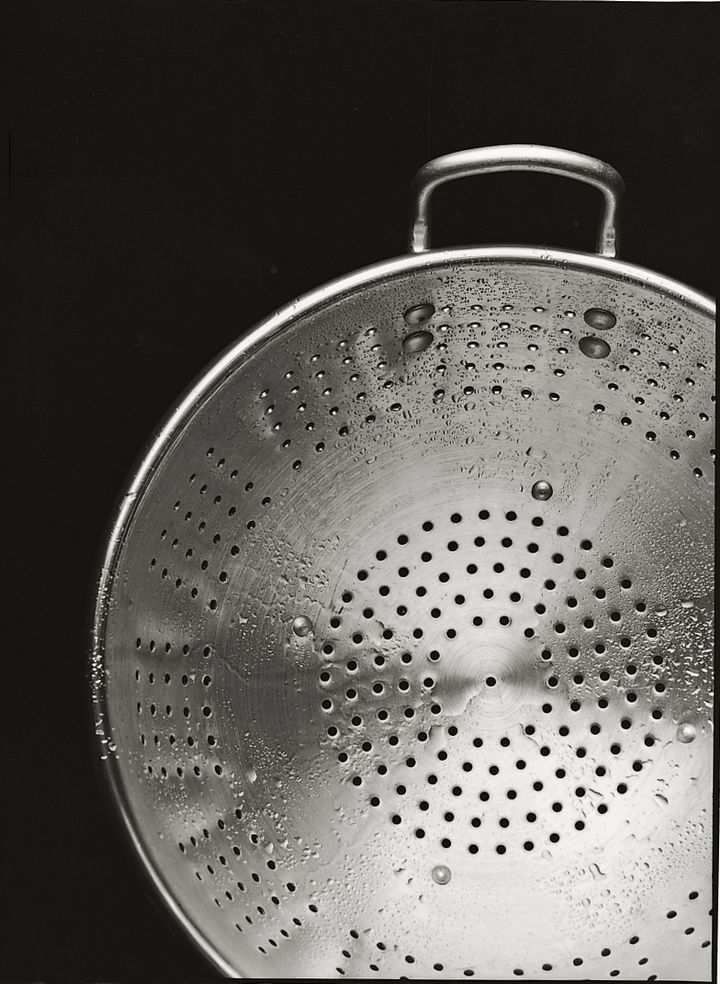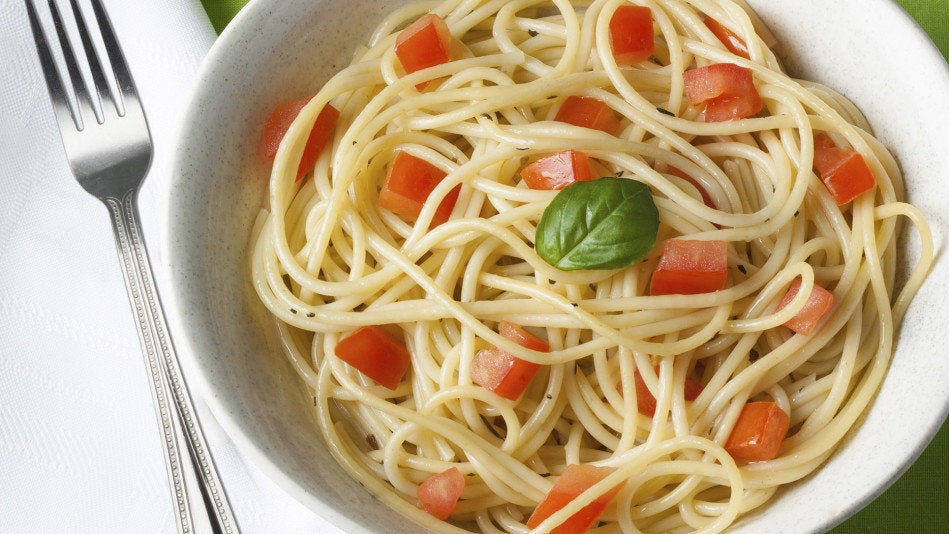For Bon Appetit, by Elyssa Goldberg.

Sure, your apartment clocks in at approximately three square feet with no windows and, okay, there’s practically no cabinet space to speak of. But it’s your first apartment! This is big city living! That also means you have limited kitchen tools at your disposal. Like, why get a colander? Why should you buy a large metal bowl with lots of small holes in it? That takes up precious storage real estate? Don’t think so. A little secret: Senior food editor Rick Martinez confirms that you don’t actually need that colander — that it’s more of a “nice to have” than a “need to have.” So, when the time comes for you to fish pasta or blanched vegetables out of a pot of boiling water, here are your options:
1. Tongs (or a Fork). Let’s say you’re relatively thoughtful about stocking your kitchen and bought tongs. When you’re cooking spaghetti or other long pasta, those tongs can be used to snatch a spaghetti bundle out of the water. If you don’t have tongs, you can absolutely use a fork. But beware: It will take forever to remove individual strains of spaghetti from bubbly hot water.
2. Spoon. Do not try this on longer, stringier pastas. Use a spoon (the largest one you have) for small pasta, beans, and blanched vegetables only. Scoop what you want, then cradle the edge of the spoon against the pot and tilt slightly to drain. It takes a while, but it works.
3. Slotted Spoon or Spider. Better yet, watch all the water seep out through a spoon that’s just a mini-colander (because, holes). (The same could be said for a strainer, but since that’s basically a handheld colander, we’re not talking about it here.)
4. The Lid. Yes, sometimes draining water is as easy as using the lid. Martinez has a few words of advice, should you choose to go down this road. Leave the lid slightly askew, about ¼ inch. Hold the lid down with insulated oven mitts. Make sure to hold the pot away from you as you pour—otherwise you risk steam burns. Pour out the water and let the lid catch your food.
Safety first; colanders later.
More from Bon Appetit:

